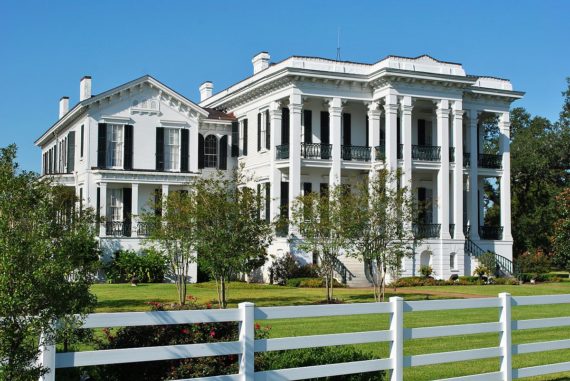
“Once upon a time we all knew that the antebellum South was poor”, asserted Harold D. Woodman in the 1975 issue of Agricultural History. He was replying to Stanley Engerman’s argument that the antebellum South’s economy was prosperous and compared quite favorably with the economy of the Northern United States.
In the academic community and among much of the general populace the tacit assumption had been for many decades that the antebellum South was, at least taken as a whole, a poor land which compared unfavorably in almost every index of material prosperity with that of the North. After all the South lost the Civil War, and everyone knows the great predominance of the Union in population, railroad mileage, commerce, finance, and industry. The North’s economy was-much closer to the industrial, modern system that is equated with wealth and progress than was the South’s backward looking agrarian economy and paternalistic social system. Not only are there statistics to buttress these beliefs, but also eyewitness accounts of many travelers in the antebellum South. Men such as Frederick Law Olmsted described graphically the unfavorable, even wretched living conditions of many of the Southerners they met, Olmsted even asserting that nine-tenths of the neighbors of gentlemen he met “for a hundred miles around them lived in a manner which, if witnessed at the North, would have made them objects of compassion to the majority of our day-laborers.”[1]
More @ The Abbeville Institute

No comments:
Post a Comment